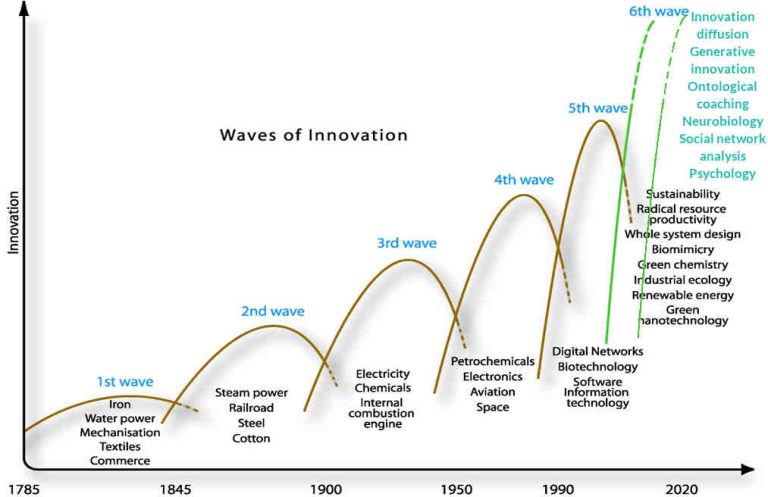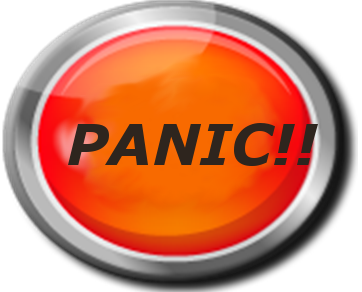Regenerative thinking – a big opportunity for small business
The word “business” hides a huge amount of detail. Business isn’t a single entity with a single set of motivations – the thing we call “business” is more like an eco-system, with a range of different players performing a huge range of functions.
So saying “business should change” isn’t enough. Which businesses? In which industries? Big businesses? Small businesses? Service businesses? Manufacturing businesses? Agricultural businesses?
Communicating with different businesses requires flexible communication – what serves for the “whales” of big business is different from what matters for the smaller organisations that do business with them.
Thinking about smaller businesses…
In Australia, there were 2,051,085 actively trading businesses as at June 2009, of which around:
- 96 per cent were small businesses (up to 20 employees):
- 4 per cent were medium-sized businesses (20 to 199 employees); and
- less than 1 per cent were large businesses(200+ employees).
Most businesses are “small” businesses – yet these small businesses provided employment for almost half of total industry employment in 2009–10.
(In the USA, it’s measured differently – a small business is defined as an independent business having fewer than 500 employees. But still, small firms predominate – those with fewer than 500 employees represent 99.9 percent of the total.)
Sustainability for small business…
So if most businesses are smaller businesses, how many are going to have the capacity to take an “overheads” view of sustainability? How many will be motivated to do reporting or carbon trading? Which businesses will have the capacity to hire environmental specialists and external consultants?
So there’s a real challenge for sustainability practitioners- how do we make a compelling offer to smaller businesses and organisations? I don’t have all the answers for this question. I do wonder whether the mainstream offers of efficiency, corporate social responsibility and cost savings around business-as-usual could be missing the mark? Examples like the case study below excite me, and I wonder how we could multiply them.
An Australian case study…
Australian “medium” business Close the Loop® is a fascinating case study. It was founded in 2001, and has grown to over 100 employees in two countries. Close the Loop® is an innovative materials recovery company, specialising in the collection and recycling of toner and inkjet cartridges, toner bottles as well as other print consumables. It’s unique value proposition is “zero waste to landfill”.
Close the Loop® grew out of an imaging supplies distribution company. Under price pressure from large multinationals, founder Steve Morriss developed a unique selling proposition – to take back and recycle everything he supplied at the end of its life. His customers bought it and Close the Loop® was born.
It’s a promise they’ve kept by developing new products and processes – and it’s been so successful that the company has expanded into the USA.
Entrepreneurs are a rare breed…
Only about 2.5% of the general population are full-on innovators, but I suspect there’s a higher proportion in small business. Innovators are venturesome enthusiasts, eager to try new things, often without putting price first.
I wonder…
What would happen if we put the emerging opportunities of regenerative business in front of smaller businesses? I wonder how we’d do it? What would you try?






